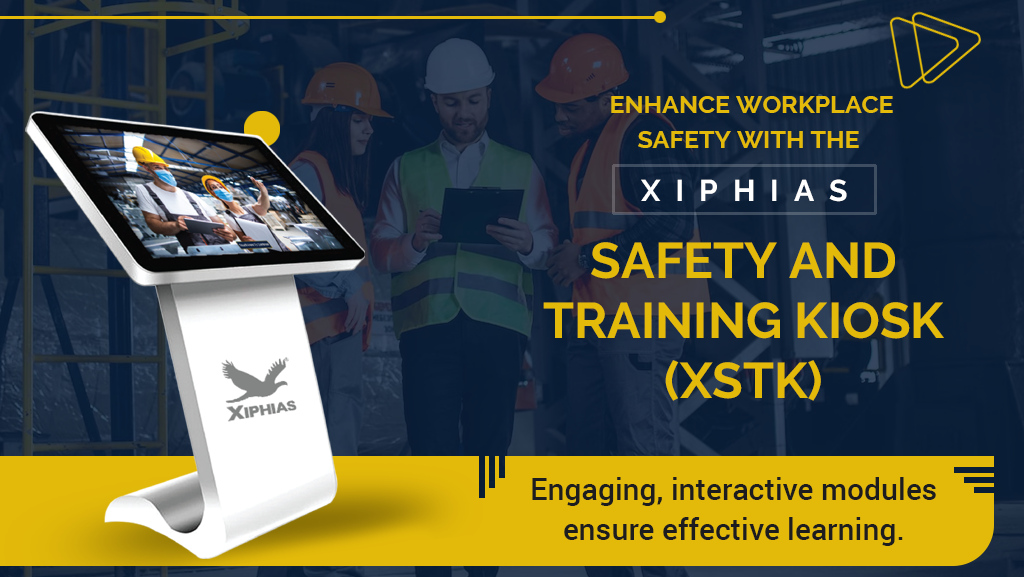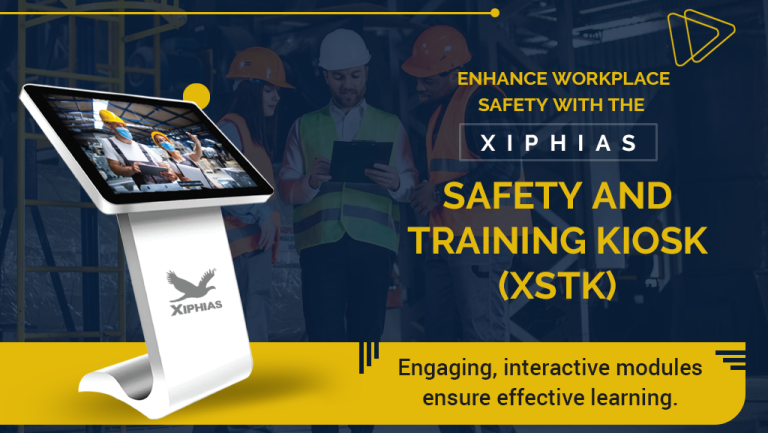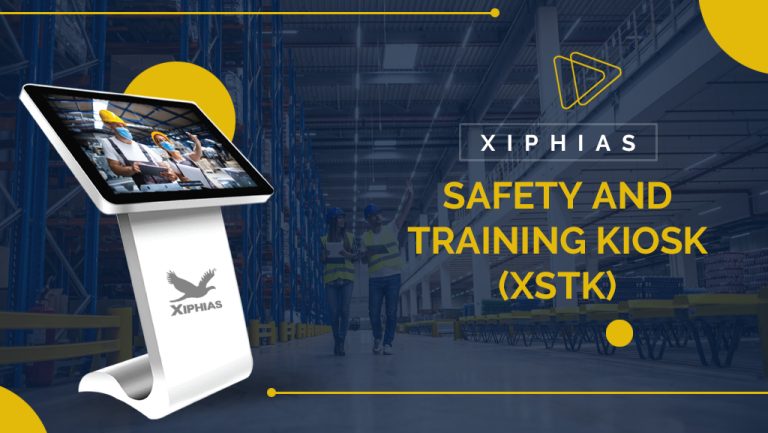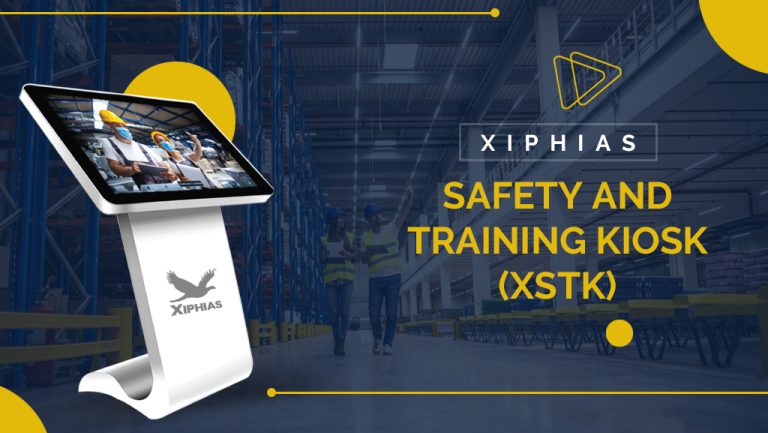Boost Workplace Safety with Interactive Safety Training Kiosks
Workplace safety is a critical concern for businesses of all sizes. Ensuring the safety and well-being of employees not only fosters a positive work environment but also enhances productivity and reduces costs associated with workplace accidents. Traditional safety training methods often fall short in effectively engaging employees and providing them with the necessary skills and knowledge to handle potential hazards. This is where interactive safety training kiosks come into play, revolutionizing how safety training is delivered and received.
The Evolution of Safety Training
Traditional safety training methods, such as classroom-based sessions, printed manuals, and occasional drills, have been the norm for many years. However, these methods often suffer from low engagement levels and retention rates. Employees may find them monotonous, resulting in decreased attention and information retention. Moreover, traditional training methods can be time-consuming and disruptive to regular workflows, making it challenging to schedule and conduct effective training sessions.
Interactive safety training kiosks offer a modern solution to these challenges. These kiosks leverage advanced technology to deliver engaging and interactive training modules that capture employees’ attention and facilitate better learning outcomes. By incorporating multimedia elements such as videos, animations, quizzes, and simulations, interactive kiosks create an immersive learning experience that enhances knowledge retention and application.
Key Benefits of Interactive Safety Training Kiosks
1. Enhanced Engagement and Retention
One of the primary advantages of interactive safety training kiosks is their ability to engage employees effectively. Traditional training methods often rely on passive learning, where employees sit through lectures or read manuals. In contrast, interactive kiosks provide a hands-on, participatory learning experience. Employees can interact with the content, making choices, and responding to scenarios, which keeps them engaged and attentive throughout the training process.
Interactive kiosks use multimedia elements to present information dynamically, catering to different learning styles. Visual learners benefit from videos and animations, while kinesthetic learners can participate in simulations and interactive exercises. This multi-sensory approach enhances retention by reinforcing key concepts through various channels, ensuring that employees remember and apply what they have learned in real-world situations.
2. Flexible and On-Demand Training
Interactive safety training kiosks offer unparalleled flexibility in delivering training sessions. Unlike traditional methods that require scheduling and coordinating group sessions, kiosks allow employees to access training modules at their convenience. This on-demand training approach ensures that employees can complete their training without disrupting their regular work schedules.
The flexibility of interactive kiosks also enables businesses to provide continuous and up-to-date training. New modules can be easily added, and existing ones can be updated to reflect the latest safety protocols and regulations. This adaptability ensures that employees are always equipped with the most current knowledge and best practices, reducing the risk of accidents and injuries.
3. Consistency and Standardization
Maintaining consistency and standardization in safety training is crucial for ensuring that all employees receive the same level of instruction and adhere to the same safety protocols. Traditional training methods can vary in quality and effectiveness, depending on the trainer’s expertise and delivery style. Interactive kiosks eliminate this variability by providing standardized training modules that deliver consistent information to all employees.
With interactive kiosks, businesses can ensure that every employee receives the same high-quality training, regardless of location or shift. This consistency helps create a unified safety culture within the organization, where all employees understand and follow the same safety procedures, reducing the likelihood of accidents caused by inconsistent training.
4. Real-Time Assessment and Feedback
Interactive safety training kiosks offer the advantage of real-time assessment and feedback. Traditional training methods often rely on written tests or evaluations conducted after the training session. However, these assessments may not accurately reflect employees’ understanding and retention of the material.
Interactive kiosks incorporate quizzes, simulations, and scenario-based exercises that assess employees’ knowledge and skills in real-time. Immediate feedback is provided, allowing employees to identify areas where they need improvement and reinforcing their understanding of critical concepts. This real-time assessment ensures that employees are adequately prepared to handle potential hazards and emergencies.
5. Cost-Effectiveness
Implementing interactive safety training kiosks can result in significant cost savings for businesses. Traditional training methods often involve expenses related to hiring trainers, printing manuals, and scheduling sessions. Additionally, the time spent on training sessions can disrupt productivity, leading to indirect costs.
Interactive kiosks offer a cost-effective alternative by reducing the need for external trainers and printed materials. Once the initial investment in kiosks and training modules is made, the ongoing costs are minimal. Employees can complete training at their own pace, reducing downtime and maintaining productivity. Moreover, the enhanced effectiveness of interactive training can lead to a reduction in workplace accidents, further contributing to cost savings.
6. Data-Driven Insights
Interactive safety training kiosks provide valuable data-driven insights into employees’ training progress and performance. The kiosks can track completion rates, assessment scores, and areas where employees may struggle. This data can be used to identify trends, monitor training effectiveness, and pinpoint areas that require additional attention.
By analyzing this data, businesses can make informed decisions about their safety training programs. They can identify which modules are most effective, adjust training content to address common challenges, and ensure that all employees are adequately prepared to handle workplace hazards. These data-driven insights contribute to a continuous improvement cycle, enhancing overall workplace safety.
Conclusion
Interactive safety training kiosks represent a significant advancement in workplace safety training. By leveraging technology to deliver engaging, flexible, and standardized training modules, these kiosks address the limitations of traditional training methods. The benefits of enhanced engagement, on-demand training, consistency, real-time assessment, cost-effectiveness, and data-driven insights make interactive kiosks an invaluable tool for businesses committed to ensuring the safety and well-being of their employees. Embracing this innovative approach to safety training can lead to a safer, more productive workplace, ultimately benefiting both employees and the organization as a whole.




